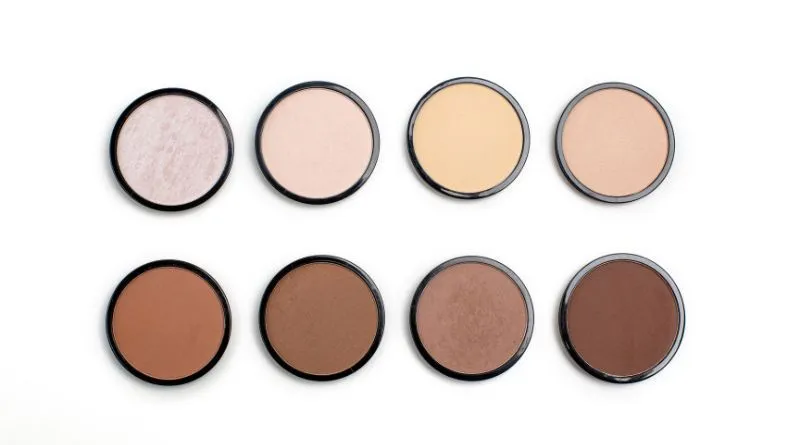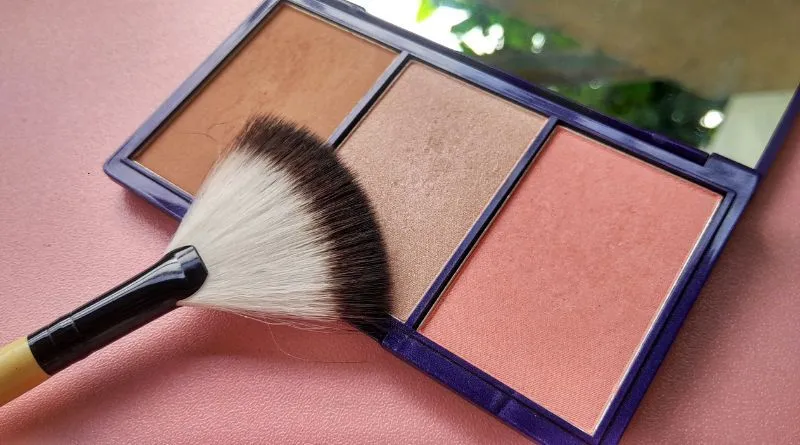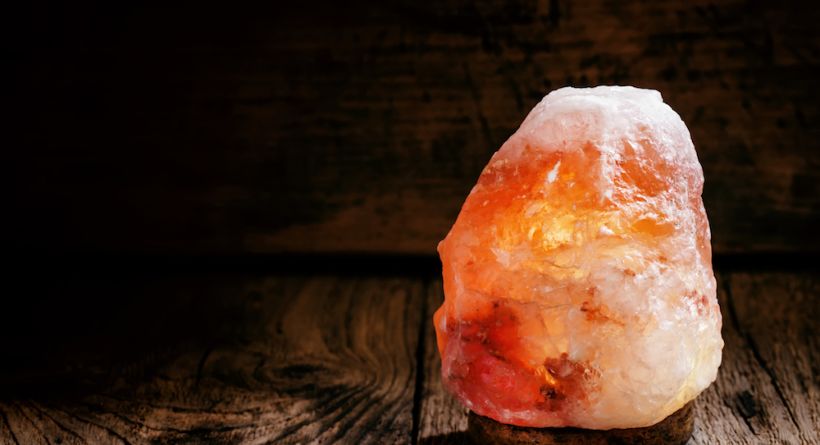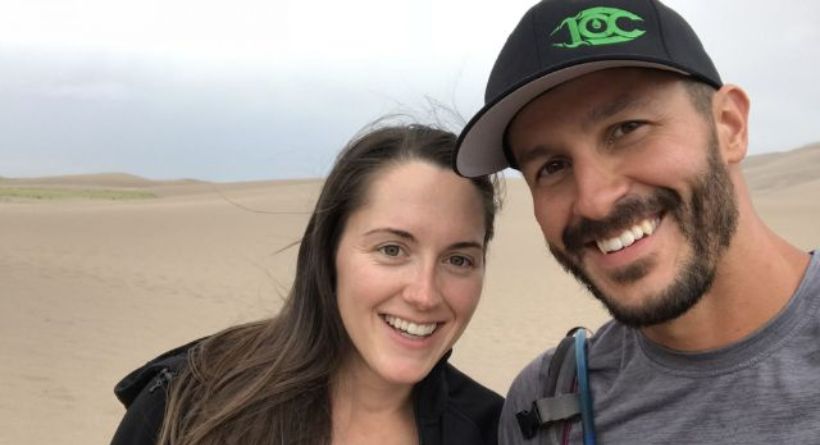In recent years, contouring and highlighting have become fundamental techniques in the beauty world.
Whether it’s for a night out, a photoshoot, or a casual day look, these methods can dramatically enhance your facial features and provide a sculpted, flawless finish.
Once confined to the world of professional makeup artists, these techniques have now become popularized by beauty influencers and celebrities, making them accessible to anyone willing to practice.
However, mastering contouring and highlighting can be a bit tricky without proper guidance.
To help you achieve a seamless, natural look, we’ll delve deep into these techniques, providing step-by-step instructions, common mistakes to avoid, and a few extra pro tips that can take your makeup game to the next level.
What Are Contouring and Highlighting?
Let’s start by understanding the core definitions of contouring and highlighting before we dive into how these methods can transform your look.
Contouring
Contouring is the technique of applying a darker shade of makeup to certain areas of your face to create the illusion of shadow.
This adds definition to the face, allowing you to emphasize your natural features or sculpt new dimensions.
Using a contouring product that is one or two shades darker than your natural skin tone, you can give the appearance of slimmer cheekbones, a sharper jawline, or a more defined nose.
It’s all about mimicking the way natural light falls on the face, creating depth where needed.
Highlighting
On the flip side, highlighting is the application of a lighter shade to bring forward the high points of the face, making them more pronounced.
By applying highlighter to the tops of the cheekbones, bridge of the nose, brow bone, and Cupid’s bow, you can add radiance and dimension to your face.
The goal here is to create a glowing, lifted look that enhances your best features.
When used together, contouring and highlighting create a balanced, three-dimensional look that can completely transform your makeup.
The key is knowing where and how to apply these techniques for your unique face shape and features.
The Evolution of Contouring and Highlighting

Contouring and highlighting are not new trends. While they have exploded in popularity in recent years, these techniques have a rich history that stretches back to theatrical performances and film.
From Stage to Instagram
- Theatrical Makeup: Historically, actors used makeup to ensure their features were visible under harsh stage lighting. By applying exaggerated shadows and highlights, they could accentuate expressions and make their features pop even from a distance.
- Hollywood Glamour: By the mid-20th century, Hollywood makeup artists were using contouring to define the faces of silver screen stars. Iconic actresses like Marilyn Monroe and Elizabeth Taylor were often contoured and highlighted to perfection, with their cheekbones sculpted and noses refined to look symmetrical on camera.
- The Rise of the Beauty Influencer: Fast forward to the digital age, and contouring went mainstream through beauty influencers and celebrities. Kim Kardashian is widely credited with popularizing modern contouring, regularly sharing her makeup routine on social media. Makeup artists like Mario Dedivanovic and other professionals brought contouring out of the makeup artist’s chair and into everyday routines.
The Science Behind Contouring: Why It Works for Everyone
One of the most appealing aspects of contouring and highlighting is that they can work for every skin tone, texture, and face shape.
The magic lies in understanding the natural planes of the face and playing with light and shadow to create depth and dimension.
Customizing for Face Shapes
Different face shapes benefit from contouring and highlighting in distinct ways. Here’s how you can adjust your application based on your face shape:
- Round Faces: For round faces, the goal is often to create more angles. Apply contour along the sides of the forehead, under the cheekbones, and along the jawline to slim the face. Highlight the center of the forehead, the bridge of the nose, and the chin to bring balance.
- Oval Faces: Those with oval faces can contour more subtly. Apply contour under the cheekbones and along the jawline to emphasize the natural shape. Highlight the tops of the cheekbones and the brow bone to add a radiant lift.
- Square Faces: For square faces, the aim is usually to soften the strong angles of the jaw and forehead. Apply contour to the temples and jawline, blending well. Highlight the tops of the cheekbones and the center of the forehead for a balanced glow.
- Heart-Shaped Faces: Contouring a heart-shaped face involves minimizing the forehead’s width and bringing out the cheekbones. Apply contour to the sides of the forehead and under the cheekbones, then highlight the chin and tops of the cheeks to draw attention to the center of the face.
Adaptability for Skin Types and Tones
Whether you have oily, dry, combination, or sensitive skin, contouring and highlighting can be customized to suit your needs:
- Oily Skin: Opt for powder products that help absorb excess oil, keeping your makeup in place longer.
- Dry Skin: Cream-based products add a more dewy, hydrated finish, preventing makeup from clinging to dry patches.
- Combination Skin: A mix of cream and powder products can give a balanced finish, keeping oily areas matte and dry areas hydrated.
- Sensitive Skin: Choose hypoallergenic and fragrance-free products to avoid irritation, and always patch-test new products.
As for skin tones, it’s crucial to select contour and highlight shades that complement your complexion.
Darker skin tones often benefit from rich, warm bronzers and gold or bronze highlighters, while lighter skin tones may prefer taupe or cool-toned contour shades and pearl or champagne highlighters.
Also Read: The Best Drugstore Makeup Products That Actually Work
Contouring and Highlighting Tools: What You Need for a Flawless Application
The outcome of your contouring and highlighting largely depends on the tools you use. Here are some must-haves:
Essential Products
- Contour Products: Available in powders, creams, or sticks, contour products should be one to two shades darker than your natural skin tone. Cream or stick contours offer more precision, while powders give a softer finish.
- Highlight Products: Choose from cream, liquid, powder, or stick highlighters. Cream and liquid highlighters work best for achieving a dewy, radiant finish, while powder highlighters are great for oily skin types or for adding more subtle luminosity.
Tools of the Trade
- Blending Sponge: A damp beauty sponge is indispensable for blending both cream and liquid contour and highlight products. It ensures that everything melts into your skin for a seamless look.
- Angled Brush: For applying contour to the hollows of the cheeks and the sides of the nose, an angled brush offers precision.
- Fluffy Brush: Use a fluffy brush for blending powder contour products, allowing for a soft, airbrushed effect.
- Fan Brush: This brush is ideal for sweeping highlighter onto the tops of the cheekbones and brow bones with precision.
Step-by-Step Guide to Contouring and Highlighting
You can follow these steps for Contouring and Highlighting:
Step 1: Prep Your Skin
A flawless contour and highlight always starts with a clean, hydrated base. Apply your favorite moisturizer and a primer suitable for your skin type. This helps the makeup last longer and apply smoothly.
Step 2: Apply Foundation
Even out your skin tone by applying a foundation that matches your natural complexion. This provides a smooth canvas and ensures your contouring and highlighting work harmoniously without harsh contrasts.
Step 3: Map Out Contour Areas
Using your contour product, map out where to apply it:
- Under your cheekbones to define and lift.
- Along the jawline to create structure.
- The sides of your nose to make it appear slimmer.
- Around the hairline to balance out your forehead.
Step 4: Map Out Highlight Areas
Next, apply the highlighter to the areas of the face you want to bring forward:
- Tops of the cheekbones for a lifted appearance.
- Bridge of the nose to add length.
- Brow bone to make the eyes pop.
- Cupid’s bow to emphasize the lips.
Step 5: Blend, Blend, Blend!
Use your beauty sponge or brush to blend the contour and highlight seamlessly into the skin. Blending is essential to avoid harsh lines.
Step 6: Set with Powder
Once blended, set your makeup with a translucent setting powder to ensure longevity and reduce shine throughout the day.
Step 7: Optional – Add Shimmer
For an extra touch of glow, you can apply a shimmery highlighter on top of your cream or powder highlight.
Common Contouring and Highlighting Mistakes (and How to Fix Them)
Even seasoned makeup enthusiasts can make mistakes when contouring and highlighting. Here are a few common issues and how to avoid them:
| Mistakes | Fix |
|---|---|
| Using the Wrong Shade: Choosing a contour shade that’s too dark or a highlighter that’s too light can result in an unnatural appearance. | Stick to shades that are just one or two shades darker or lighter than your natural skin tone. |
| Not Blending Enough: Blending is key to achieving a natural look. | Use a damp sponge or fluffy brush to ensure there are no visible lines between your contour and highlight. |
| Overdoing It: Less is more when it comes to contouring and highlighting. | Always start with a light hand and build the product gradually. |
Also Read: The Dos and Don’ts of Applying False Lashes
Conclusion
Contouring and highlighting are transformative techniques that, when done correctly, can elevate your makeup to a whole new level.
By choosing the right products, tools, and techniques for your unique skin tone and face shape, you can achieve a natural, sculpted look that enhances your features beautifully.
Whether you’re a beginner or a pro, with practice, you’ll perfect the art of contouring and highlighting in no time.
FAQs About Contouring and Highlighting
Q: How can I find the right contour shade for my skin tone?
A: Look for a contour shade that’s one to two shades darker than your skin tone. Cooler tones work best for lighter skin, while warmer, richer shades suit deeper skin tones.
Q: Can I contour and highlight for every day, or is it just for special occasions?
A: Absolutely! You can contour and highlight subtly for everyday wear, using lighter products and blending well for a natural finish.
Q: What’s the best way to prevent my contour from looking muddy?
A: Ensure you use minimal product and blend thoroughly. Avoid applying too many layers or mixing overly warm tones with cooler shades.


